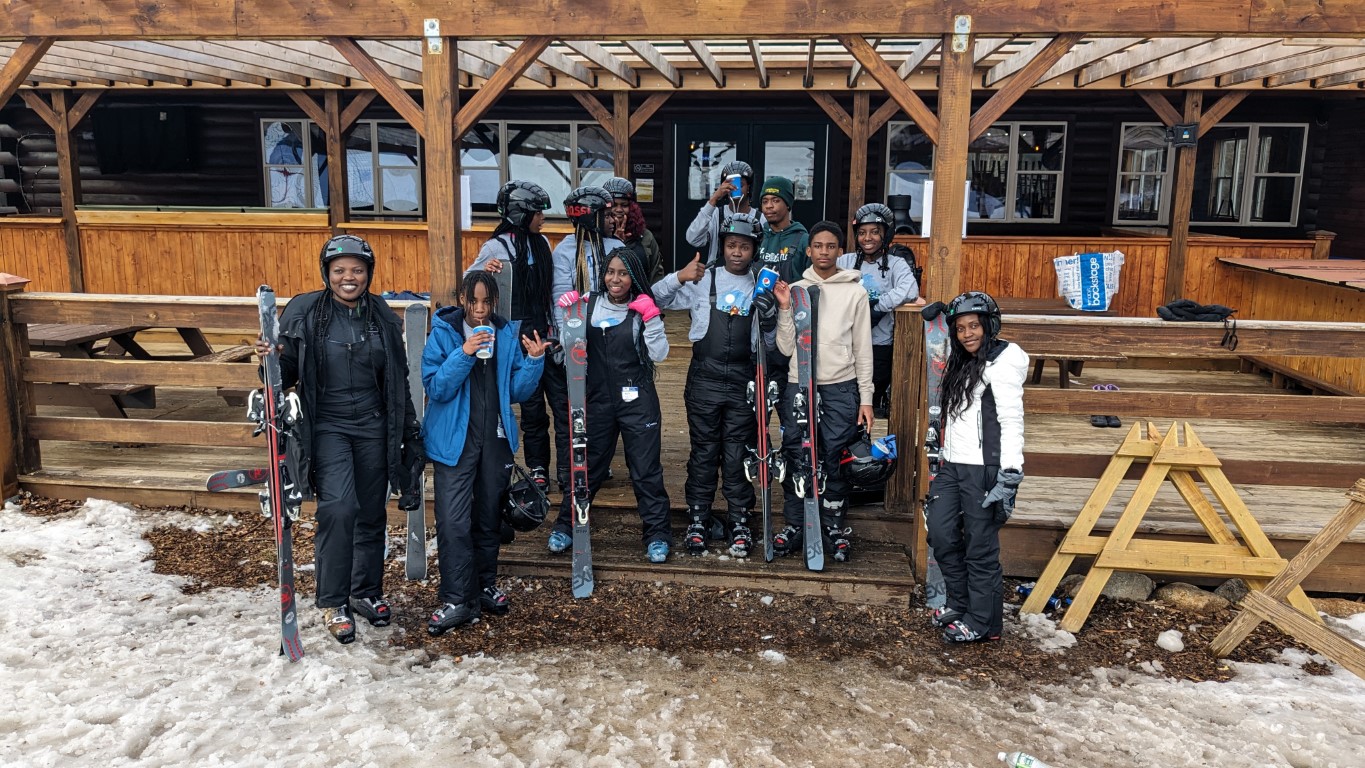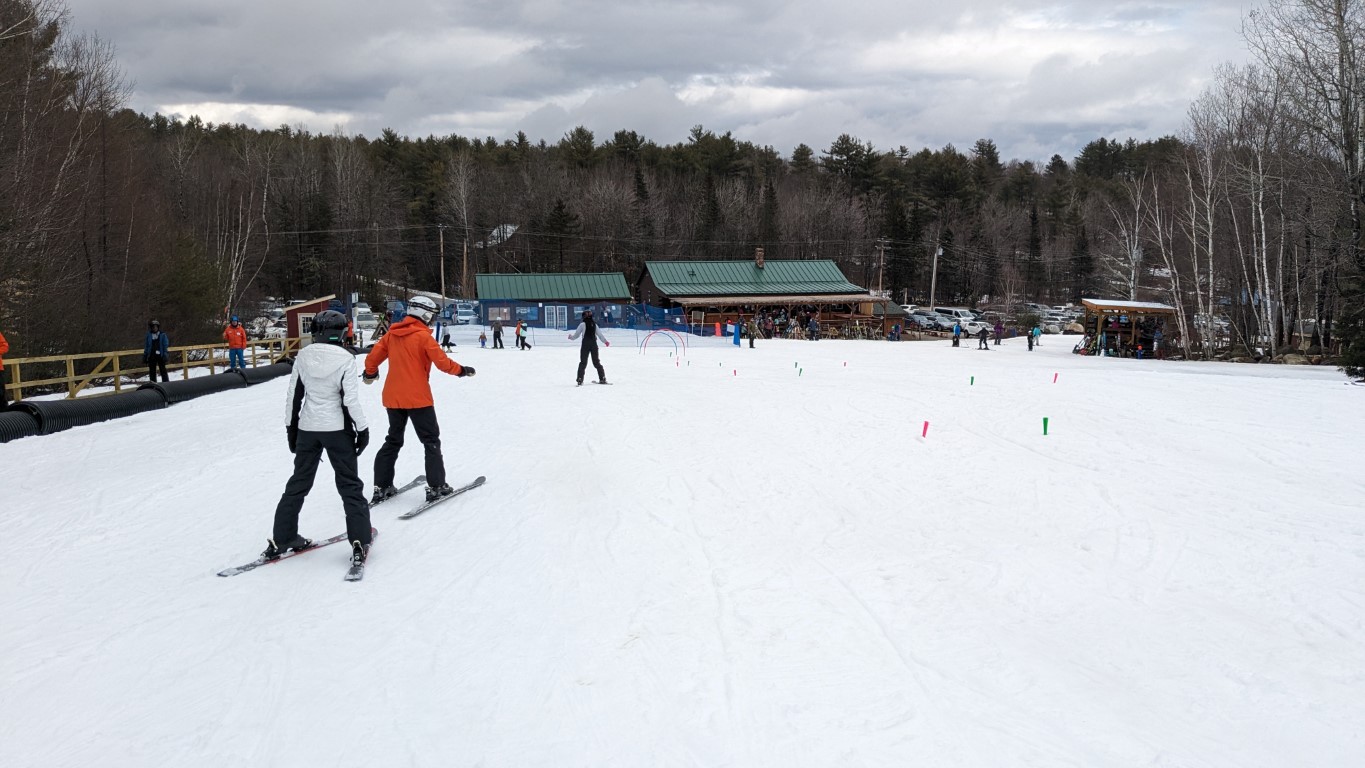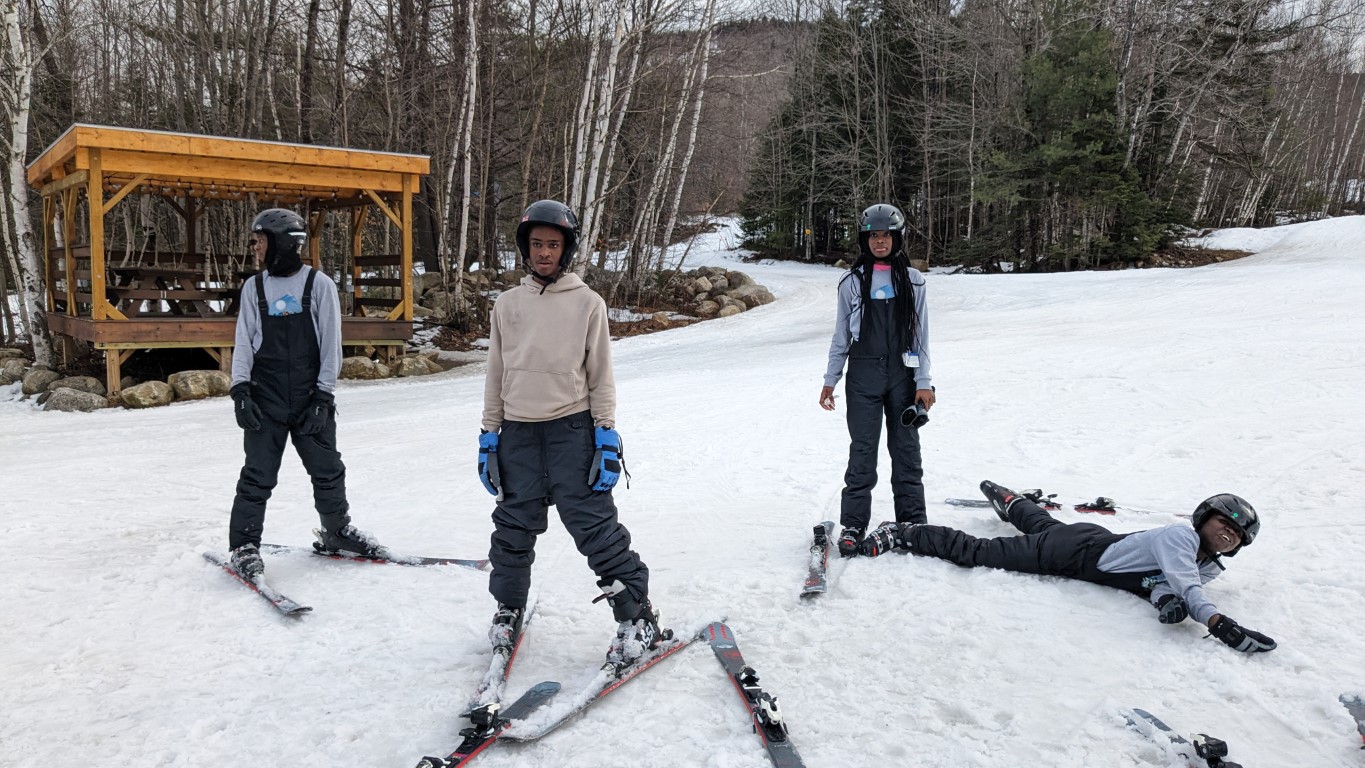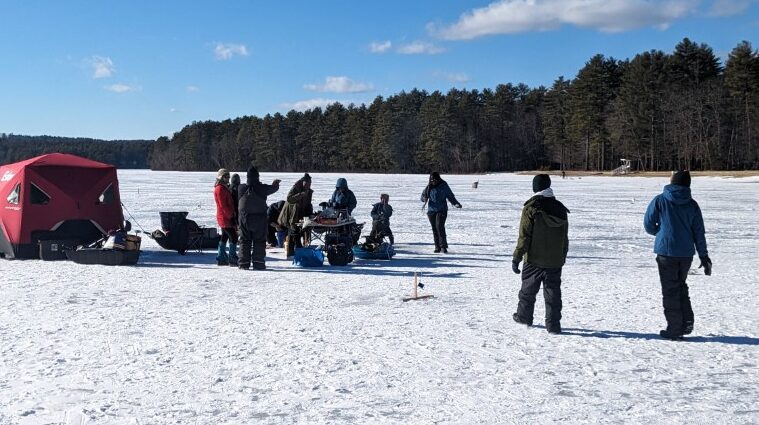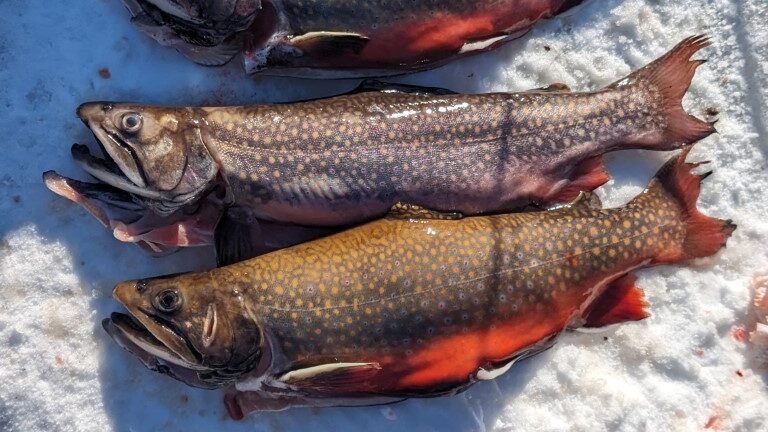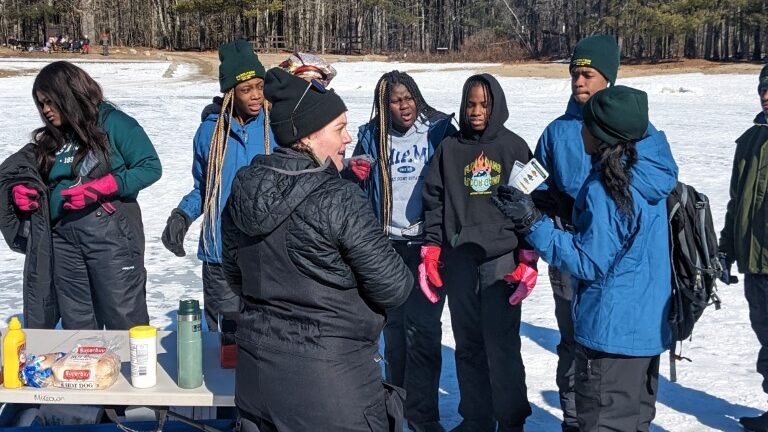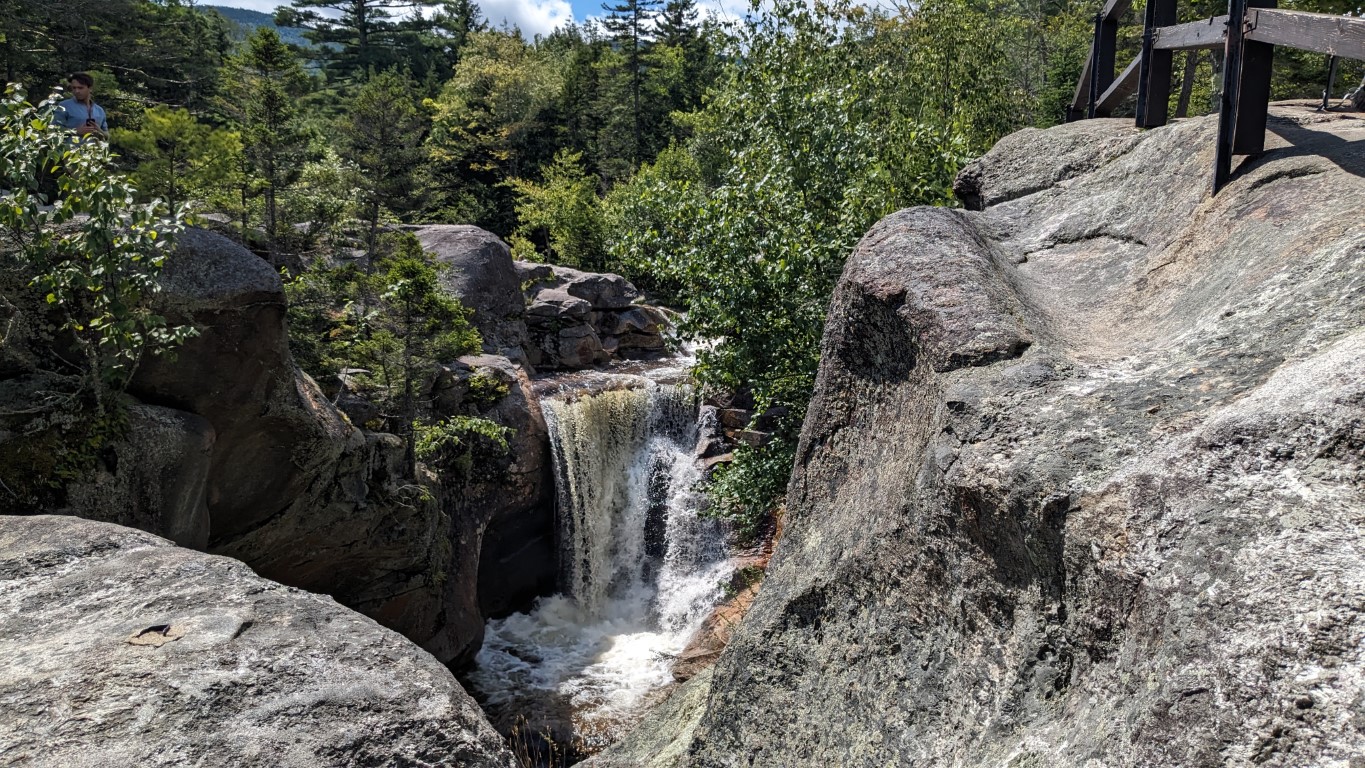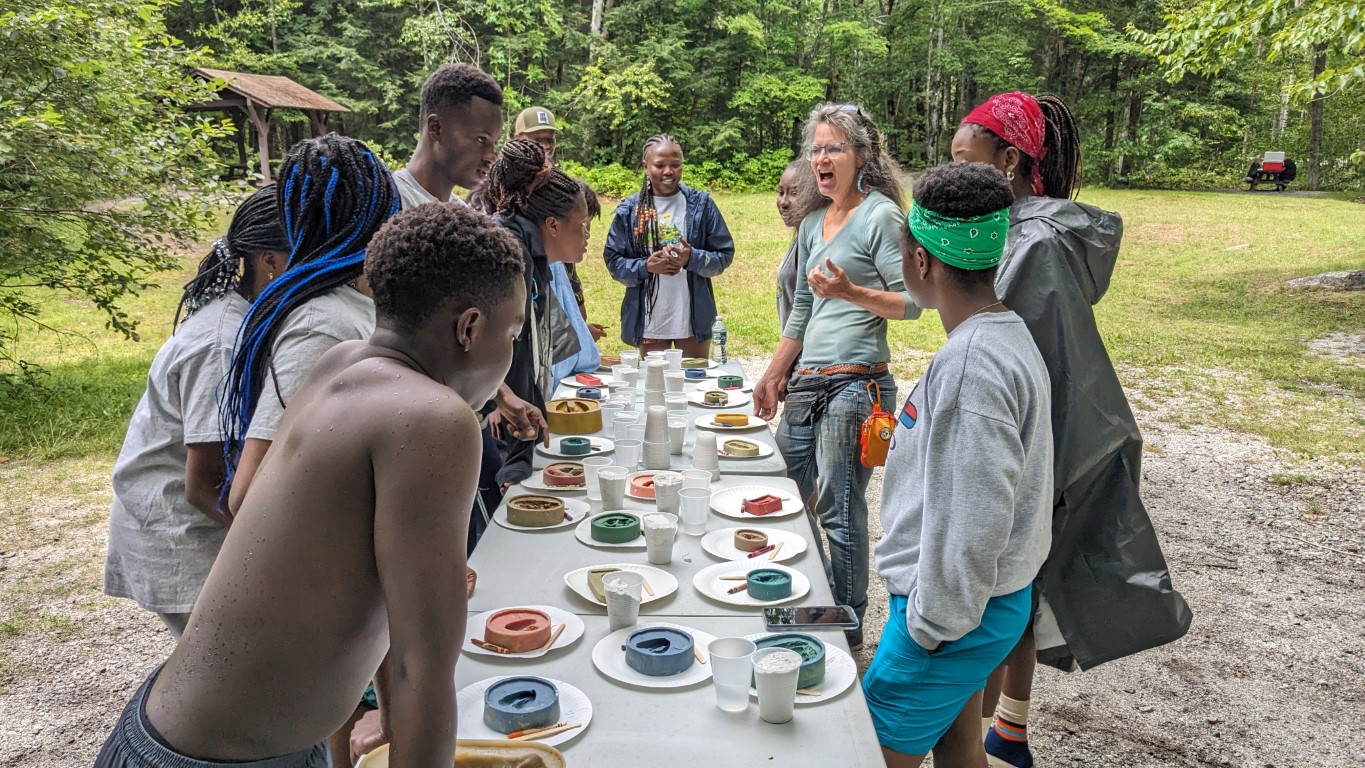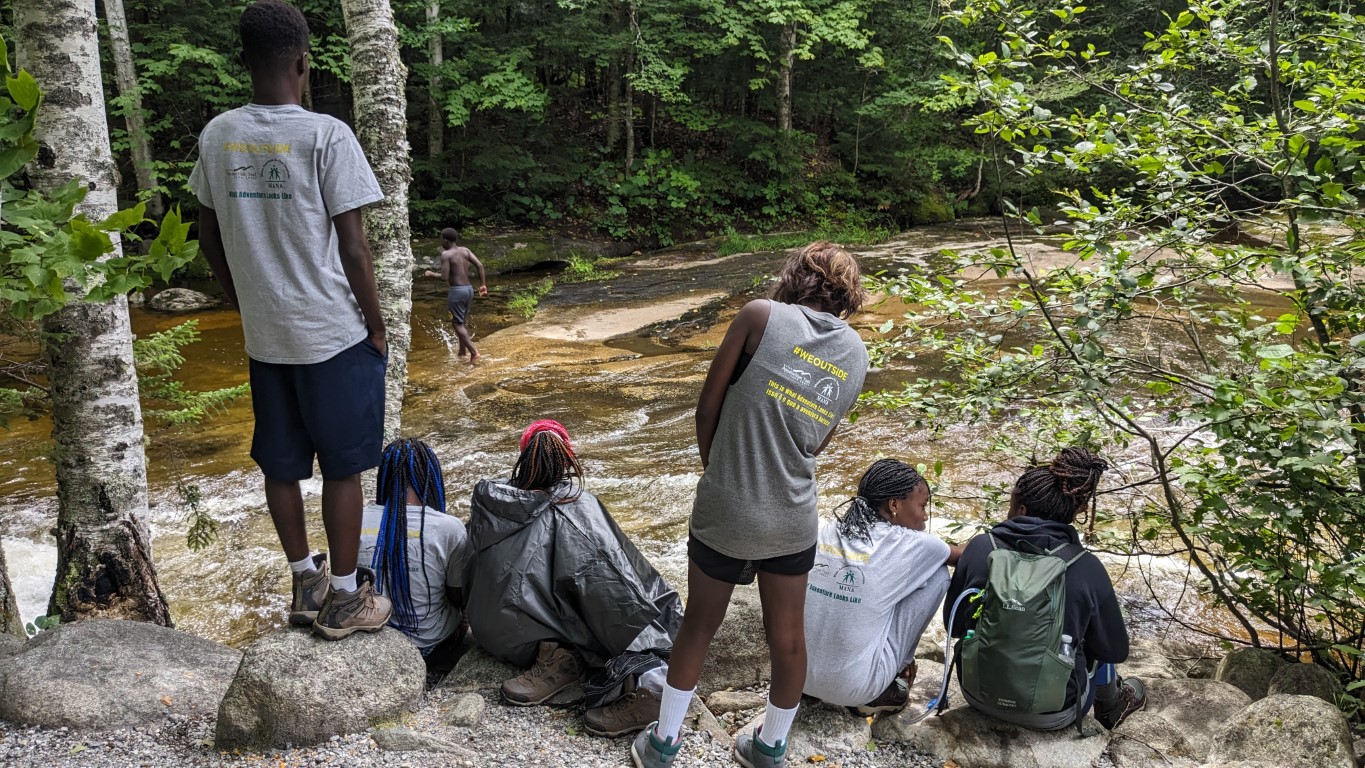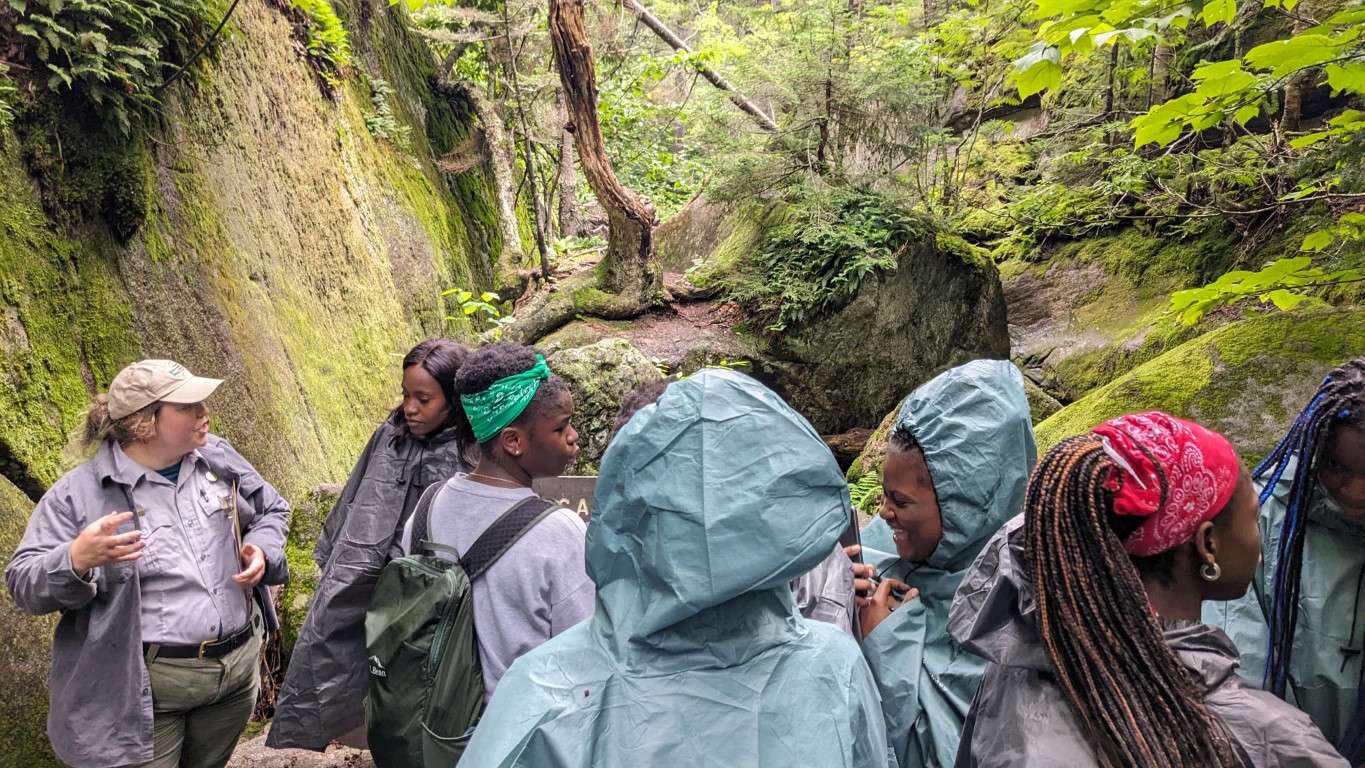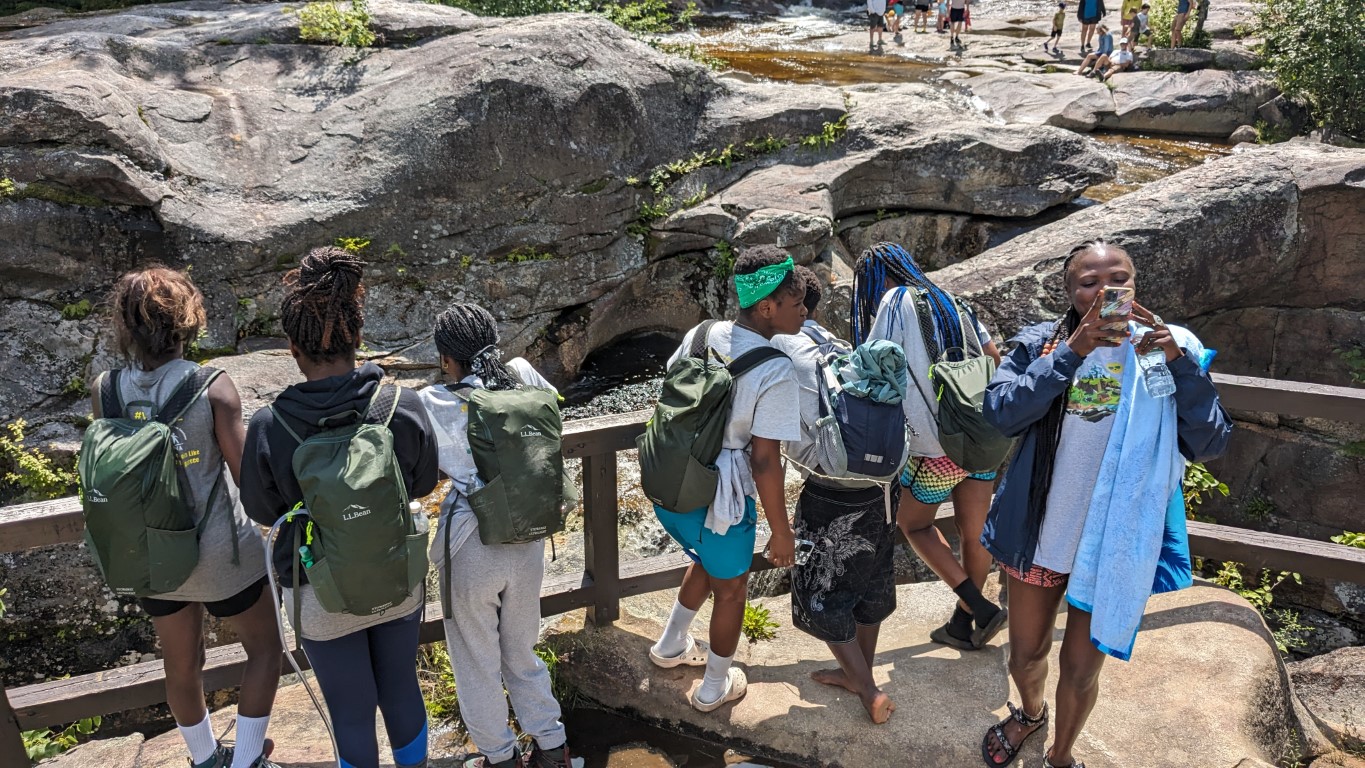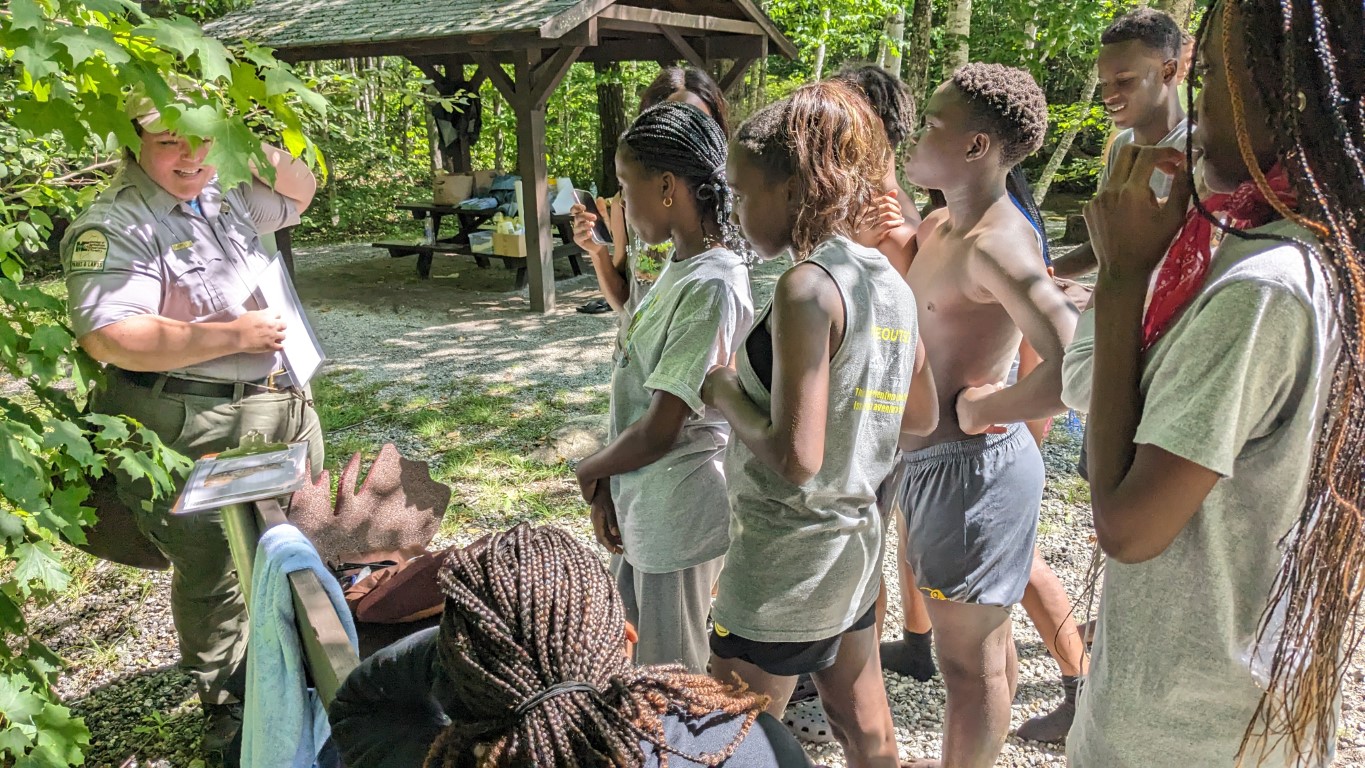View this post on Instagram
#WEOUTSIDE Winter Edition – Downhill Skiing at Mt. Abram
The #WEOUTSIDE crew was at it again for more winter adventures, this time teaming up with Mt. Abram, one of Maine’s beloved smaller ski areas. Despite the rough winter in terms of actual winter, the ski area had more than enough snow on their closing weekend for the #WEOUTSIDE crew to get out on the slopes. Special thanks to Kevin, Allie, Lori and all the instructors who worked with us.
Some of the kids have been attending high school and had been skiing at Mt. Abram just a week before, so they jumped out of the van and went right up the chairlift. One of the goals of the #WEOUTSIDE program is not just to introduce these New Mainers to everything the Maine outdoors has to offer (in all seasons), but to ensure that they have a path to advance in their interests for their benefit and the benefit of all Mainers. The last thing we want are kids sitting at home, thinking of the great experience they had skiing that time, but being unable to pursue other opportunities to ski, or unable to fill lift operator or ski patrol positions because of the gap in knowledge for all parties.
The new skiers took to things pretty readily and by the early afternoon everybody was going up and down on the West Side chairlift…and up and down…and up and down. Staff were having so much fun that lunch wasn’t served until 2pm. After that…up and down…up and down. Mais um! One more! They all said, until the chairlift was shut down and nobody was around. Even then, some kids took to taking off their skis and walking up the magic carpet slope for a bit more fun before leaving.
Every week we say, “that trip was the most fun yet”, but the truth is they are all the best.
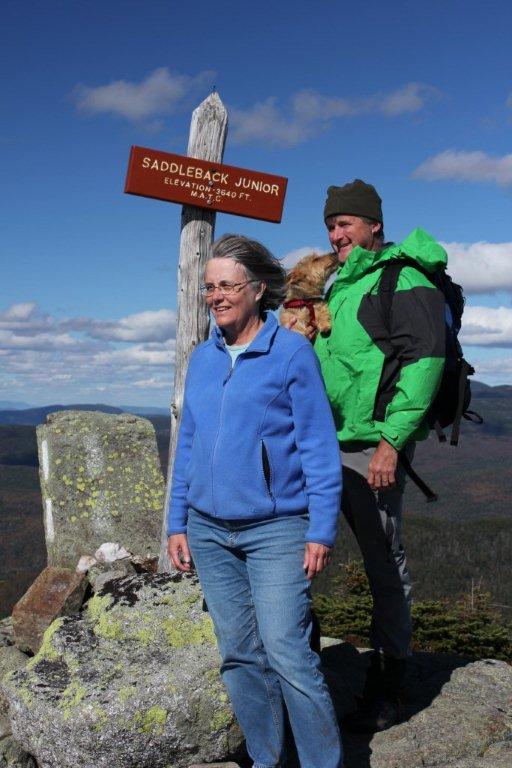
In Memory of Former MATLT Executive Director Carole Haas (1950-2024)
Former Executive Director Carole Hass, who was the organization’s first staff hire and then led MATLT until her retirement in 2013, passed away in January. “Carole was very loyal and dedicated to MATLT and important to its early success,” said former MATLT board president Bill Plouffe, and “she was instrumental in getting MATLT started,” said director Lloyd Griscom.
Prior to leading this organization, Haas served for three years as chair of the Maine Chapter of the Sierra Club and was involved in the national branch’s Wildlands Committee. She also served on the board of the Cape Elizabeth Land Trust and on the town’s Conservation Commission. Haas’ tenure with MATLT began in 2007 and in short order the organization was working on large, complex, conservation projects along the A.T. in Maine, most notably in the High Peaks region. According to her obituary, Carole’s most treasured achievement was overseeing the Crocker Mountain project that preserved spectacular views for Appalachian Trail hikers. This was quickly followed by the Orbeton Stream Conservation Easement project, and the groundwork was set for several others.
Without Carole’s leadership, MATLT would not be the organization it is today. Her dedication to protecting the A.T. landscape in Maine is infused in the organization’s culture and success, and her legacy remains an example for all of us to strive for.
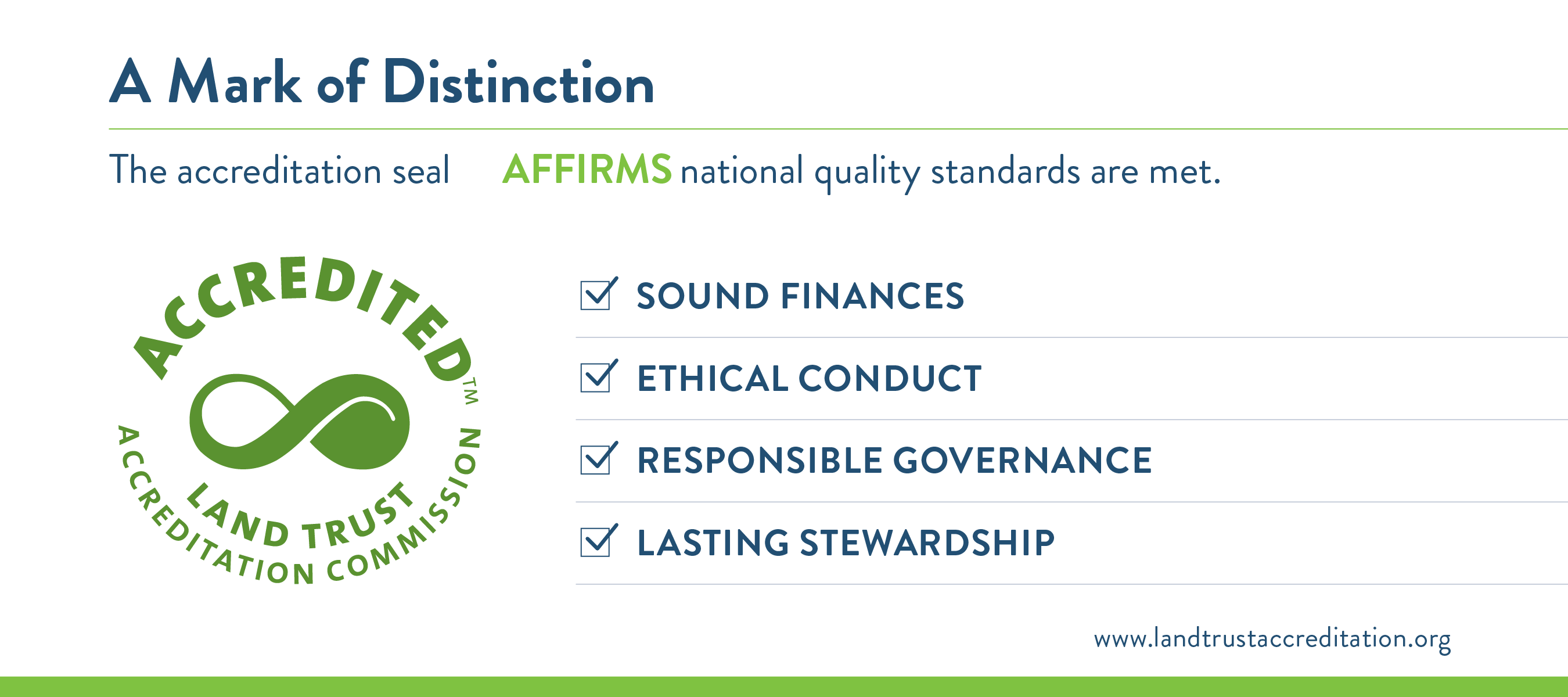
Maine Appalachian Trail Land Trust Earns Land Trust Accreditation
One thing that unites us as a nation is land: Americans strongly support saving the open spaces they love. Since 2002, the Maine Appalachian Trail Land Trust (MATLT) has been doing just that for the people of Maine and the Appalachian Trail. Now, MATLT has achieved national recognition – joining a network of over 450 accredited land trusts across the nation that have demonstrated their commitment to professional excellence and to maintaining the public’s trust in their work. “Accreditation demonstrates the Maine Appalachian Trail Land Trust’s commitment to permanent land conservation in the Appalachian Trail region of Maine,” said David Kallin, Board President. “We are a stronger organization for having gone through the rigorous accreditation program. Our strength means special places – such as Saddleback Mountain, White Cap Mountain, and Bald Mountain Pond –will be protected forever, making Maine an even greater place for us and our children.”
MATLT provided extensive documentation and was subject to a comprehensive third-party evaluation prior to achieving this distinction. The Land Trust Accreditation Commission awarded accreditation, signifying its confidence that MATLT’s lands will be protected forever. Accredited land trusts steward almost 20 million acres of land – the size of Denali, Yellowstone, Grand Canyon, Glacier, Everglades and Yosemite National Parks combined.
“It is exciting to recognize MATLT with this national mark of distinction,” said Melissa Kalvestrand, executive director of the Commission. “Donors and partners can trust the more than 450 accredited land trusts across the country are united behind strong standards and have demonstrated sound finances, ethical conduct, responsible governance, and lasting stewardship.”
The Maine Appalachian Trail Land Trust is one of 1,363 land trusts across the United States according to the Land Trust Alliance’s most recent National Land Trust Census. A complete list of accredited land trusts and more information about the process and benefits can be found at www.landtrustaccreditation.org.
#WEOUTSIDE Winter Edition – Ice Fishing at Range Pond State Park
The winter adventures continue! The #WEOUTSIDE program partnered with the Maine Department of Inland Fisheries and Wildlife and the Maine Bureau of Parks and Lands to have a day of ice fishing at Range Pond State Park in Poland. Range Pond is a great place for activities all year round: swimming, boating, fishing, hiking, birdwatching, cross country skiing, snowshoeing, and eating lots of snacks. We were fortunate to have interpretive and educational staff from the park and the state agencies on hand with all the gear you need for a great day on the ice, from tip ups to augers to red snapper hot dogs and s’mores.
The sweet spot for catching stocked brook trout is usually over by 10am but these kids had the magic touch. Tip up flags were flying up all over the ice, trout were being skillfully yanked out of holes, IF&W staff were showing kids how to clean and prepare the fish. Per capita, hand warmer usage was high but lower than on previous #WEOUTSIDE outings due to the sun and lack of wind. The group caught so many trout that some of the kids were able to take them home to eat. This group is from Angola and fish is a big part of their diet so it was interesting to compare how different cultures prepare and cook fish. And since we all know that part of winter recreation is good warm food, there were red snappers (the red hot dogs) and s’mores to keep everybody warm and satisfied.
More adventures with #WEOUTSIDE to come!
#WEOUTSIDE Winter Edition – Nordic Skiing with Loon Echo Land Trust
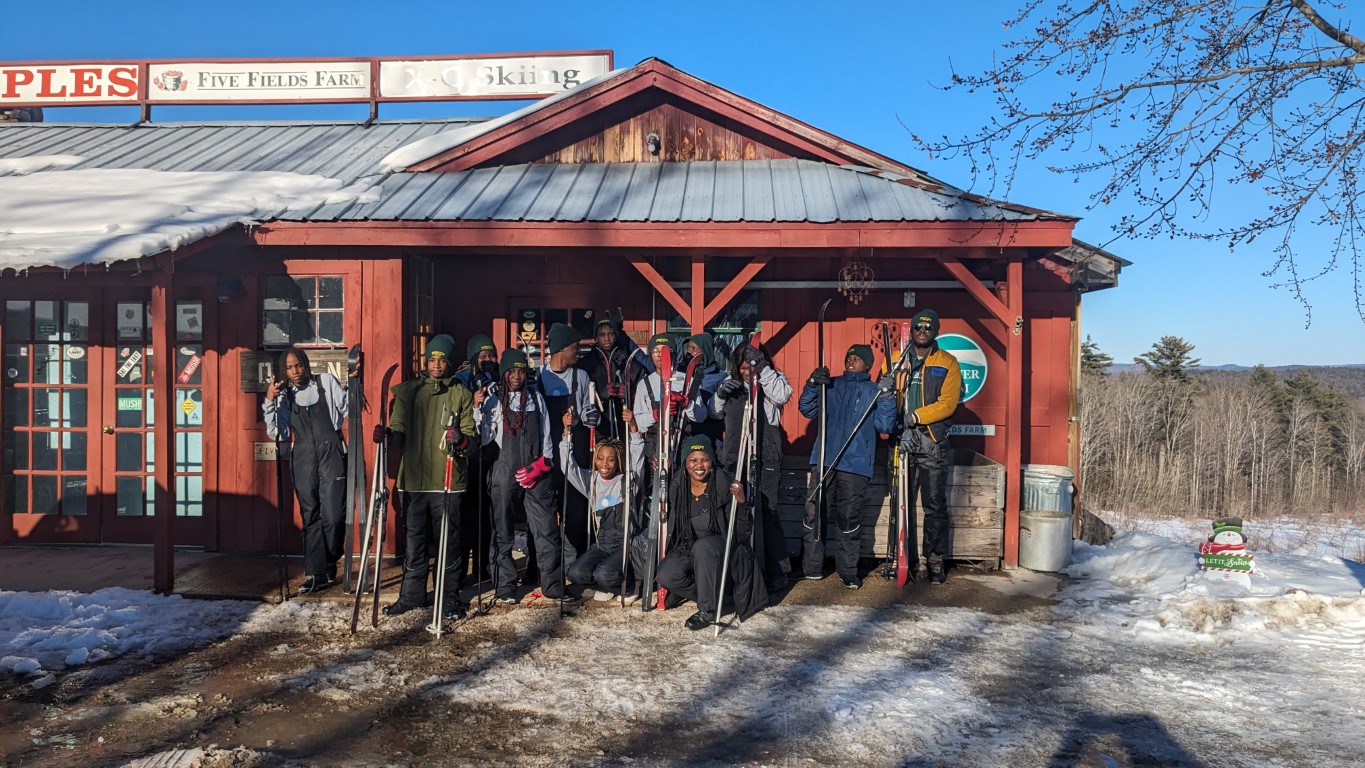
The #WEOUTSIDE crew is back at it for a round of trips to experience outdoor recreation in Maine’s winter months! The program participants from the summer edition are all geared up and ready for some downhill skiing, ice fishing, fat biking, hiking, hand warmer wearing, and more. The Maine Association for New Americans and the Maine Appalachian Trail Land Trust have been so fortunate to have the support of so many foundations, brands, partners and individual donors to keep this special program going. And we’re already planning for the summer of 2024!
Our initial trip this winter was in partnership with Loon Echo Land Trust for a day of nordic (cross country) skiing at Five Fields Farm. The property is an apple orchard in the warmer months and is surrounded by lands conserved by Loon Echo in the Bridgton area. In the winter it is a great spot to learn to cross country ski because of the flat trails, good snow and nice lodge to hang out in. Special thanks to Loon Echo for providing the rental skis and passes for the #WEOUTSIDE participants!
Despite having ZERO experience on skis, these kids were amazing. All of them were out on the trails for several hours – some were cruising on the more difficult trails, some were doing hill climbs five minutes after getting on skis, some were flopping around and zooming down slopes through the orchards (fortunately missing the trees!). They will build on these skills later in the winter with a downhill skiing trip and another trail center day. Stay tuned for more reports.
How does the Grafton Forest Wilderness Project protect the A.T. treadway?
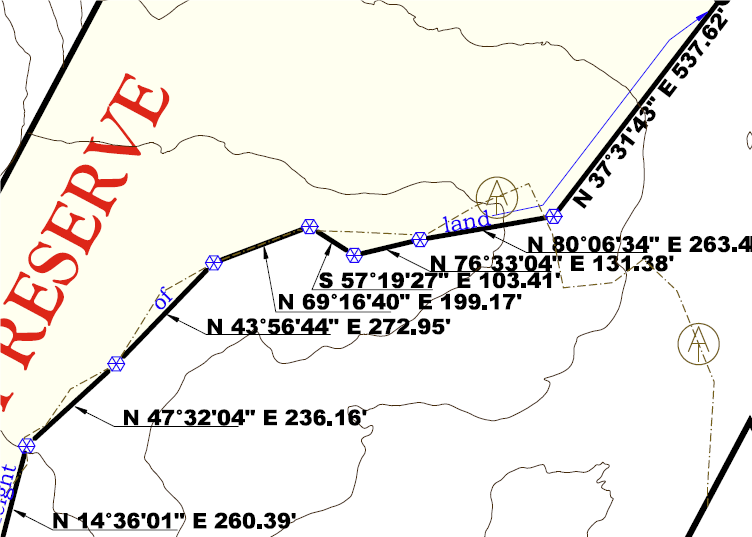
One of the values of the Grafton Forest Wilderness conservation easement is the protection it will provide to the Appalachian Trail itself, but this can be complicated. The above image of the survey map shows what we mean when we note this fact. On this map, the A.T. – the actual trail you are walking on in the Grafton Notch area in Maine – is denoted by the brown/beige dashed line with the famous “AT” symbol laid over it. When Grafton Notch State Park was created in 1963, it was assumed that the A.T. was within the white area shown on this map. That would mean that the trail was owned by Maine State Parks and was therefore open for public access forever. When we undertook the Grafton Forest Wilderness project with Northeast Wilderness Trust, they commissioned a boundary survey before acquiring the land (shown in yellow above) from a timber company. To everybody’s surprise, the A.T. treadway was actually located on the timber company land.
Northeast Wilderness Trust purchased the property without any restrictions, and by now adding a conservation easement to this land they own, we can apply guarantees of public access to the A.T. If you hike up to Old Speck Mountain from the parking lot in Grafton Notch State Park, you will still pass from that area into land owned by Northeast Wilderness Trust. But once the land is protected by a conservation easement, your right to continue into their land will be guaranteed. Northeast Wilderness Trust is a fellow conservation organization and would never do that! But enshrining rights of the public to the Appalachian Trail is extremely important to ensure that one of the nation’s foremost outdoor recreation resources is open to everybody forever.
#WEOUTSIDE helps asylum-seeking teens explore Maine’s outdoors
For the full series, check out Borealis: The Nature of Maine.
A group of kids on a canoe trip is a pretty normal summer camp activity in Maine. But for most of these teens, it’s their first time in a canoe. Most of their families recently arrived in Maine from Angola, and today is a welcome reprieve from the crowded emergency shelter in Portland where they’ve been living.
Their trip is organized by a new grant-funded program #WEOUTSIDE, run by the Maine Association of New Americans (MANA). The program launched this summer to introduce asylum seeker teenagers to the Maine Outdoors. Program leader Moon Machar said the goal of the program is to help young people of color access and enjoy the outdoors.
With support from a grant from The Nature Based Education Consortium and a partnership with the Maine Appalachian Trail Land Trust, Machar took about a dozen campers out on a new outdoor adventure each week. In this story, Ari Snider joins Machar and the teens for a paddle on a beautiful sunny day in the Rangeley Lakes Region of Western Maine.
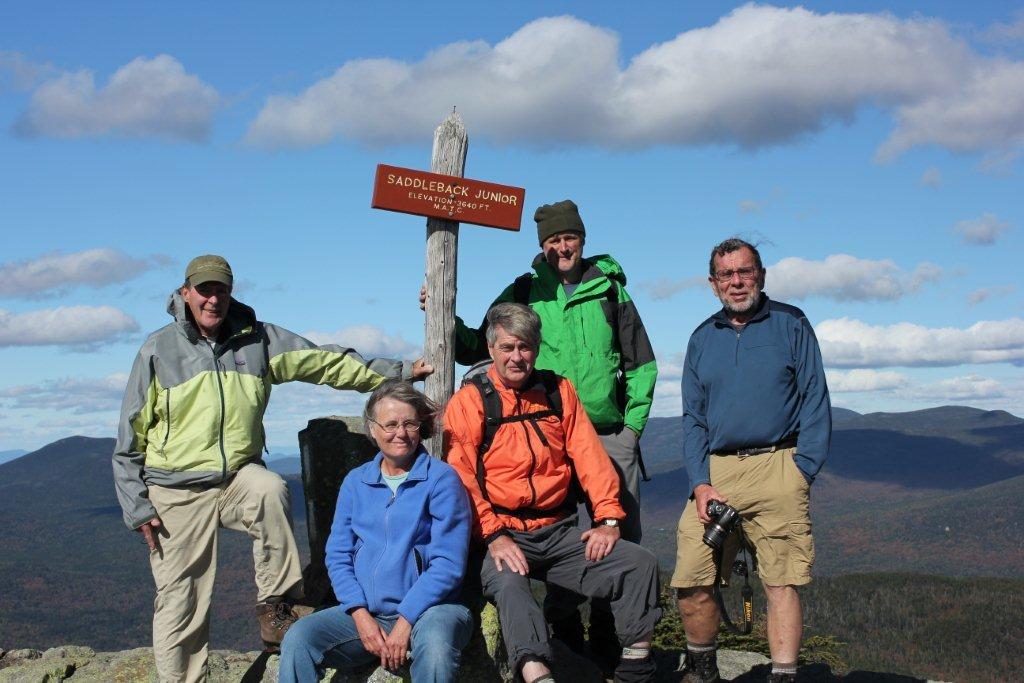
Milt Wright 1939-2023
Milt Wright, one of the founding board members of the Maine Appalachian Trail Land Trust and its board secretary for many years, recently passed away. Milt was born in Orrington and grew up in the Bangor area before joining the U.S. Army and heading overseas to Korea. When he returned, he taught in Maine high schools and worked for the Maine Teachers Association including as Executive Director.
Like so many who have worked to create and maintain the Appalachian Trail in Maine, Milt was a consummate volunteer at all levels. He served in many roles with the Maine Appalachian Trail Club (including as President), was a mainetainer and was instrumental in the creation of the Grafton Loop Trail. He was very active in his home town of Readfield in conservation, trails, town government and historic preservation – so much so that the town honored him with a Spirit of America award.
Milt hiked Katahdin every year for 58 years in a row – a feat unlikely to be matched again! But this accomplishment should not overshadow the tireless work he put in to build and sustain so many organizations in Maine:
Maine Appalachian Trail Land Trust
Maine Appalachian Trail Club
Friends of Baxter
Kennebec Land Trust
Town of Readfield
Maine Teachers Association
Volunteers who are committed to one organization or cause are wonderful; volunteers like Milt who devote decades to several and through tireless work advance the work of all of them are truly remarkable. Milt will be sorely missed by this organization and by the many people who he positively impacted during his rich life.
#WEOUTSIDE #7 – Grafton Notch State Park with the Maine Bureau of Parks and Lands
Trip #7! It’s hard to believe that we have been out exploring with MANA through this wonderful program for over two months now. For our latest excursion, we teamed up with the Maine Bureau of Parks and Lands to explore Grafton Notch State Park and all the great things to do in the park.
It was chilly to start! But that was ok since the group had a chance to break out their ponchos. It’s been a rainy summer but we have been lucky to have nice weather on the days we have been out in the Maine A.T. region. We headed over to Moose Cave, where there were many questions about the origin of the name and what happened to the dead moose. Jen and Jocelyn from Maine BPL had a number of activities set up for the participants to learn about geology, natural history, ecology, plant and animal identification, and lots of other stuff that you can find in Grafton Notch. We also explored Mother Walker Falls before heading to Screw Auger Falls.
This natural feature, comprised of the river, the falls and a gorge at its base, was a great opportunity to explore and for the kids to get out on their own. It is also a great spot for having lunch, swimming and making plaster casts of animal tracks! This great activity also had the participants take home their own cast, a nice memory of the day. Maine BPL and Maine Department of Inland Fisheries and Wildlife also provided some posters and activity books to bring home.
Just a few weeks left of #WEOUTSIDE!!!

